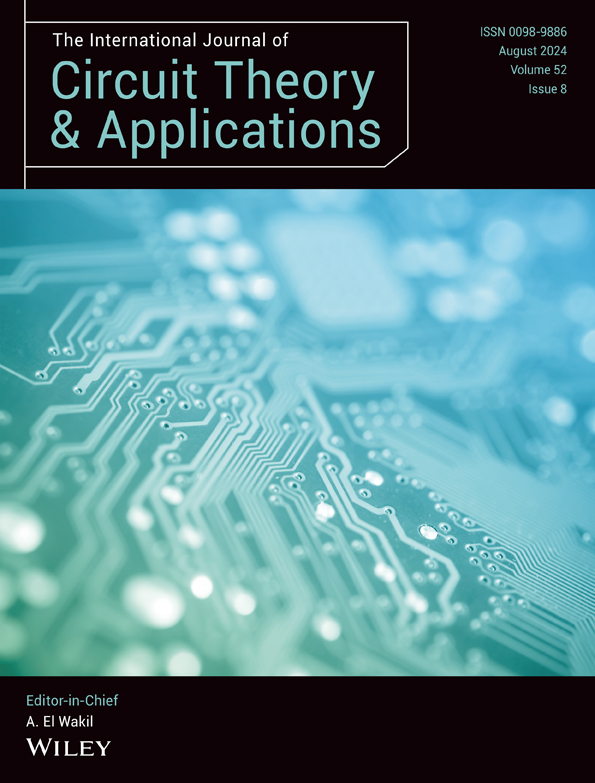Seven-level single-source switched capacitor inverter with triple boosting capability and high reliability
Summary
A single-source switched capacitor multilevel inverter (SCMLI) topology utilizing only 10 switches and 1 diode with the capability of generating seven output voltage levels and a triple voltage boosting factor is proposed in this paper. The converter has capacitors that are self-balanced and do not require any additional circuitry. The multicarrier sinusoidal pulse width modulation (PWM) technique is used to generate various switching signals for the 10 switches. Moreover, the reliability analysis using the Markov model has been carried out to assess the lifespan of power electronic components used in the proposed converter. The converter's performance is analyzed when an open circuit fault occurs in one or multiple switches. Power loss and efficiency in the converter are calculated by PLECS software using thermal modeling. The efficiency of SCMLI was found to be 97.6% for a 300 W load. The inverter working is verified by building a 500 W prototype in the lab. The experimental results in steady-state and dynamic conditions agree with the theoretical and simulation analysis.
Open Research
DATA AVAILABILITY STATEMENT
Data sharing is not applicable to this article as no datasets were generated or analyzed during the current study.




